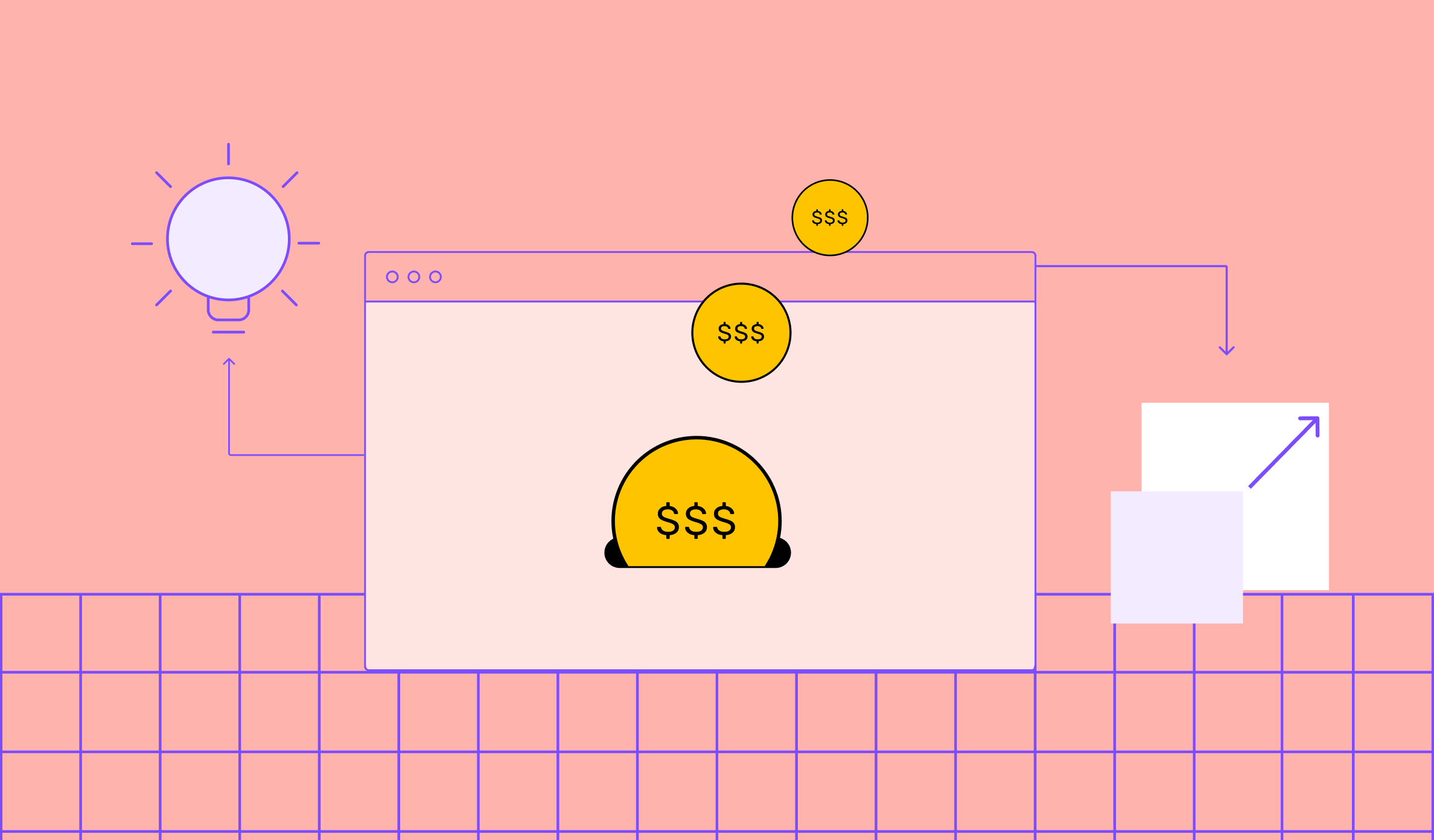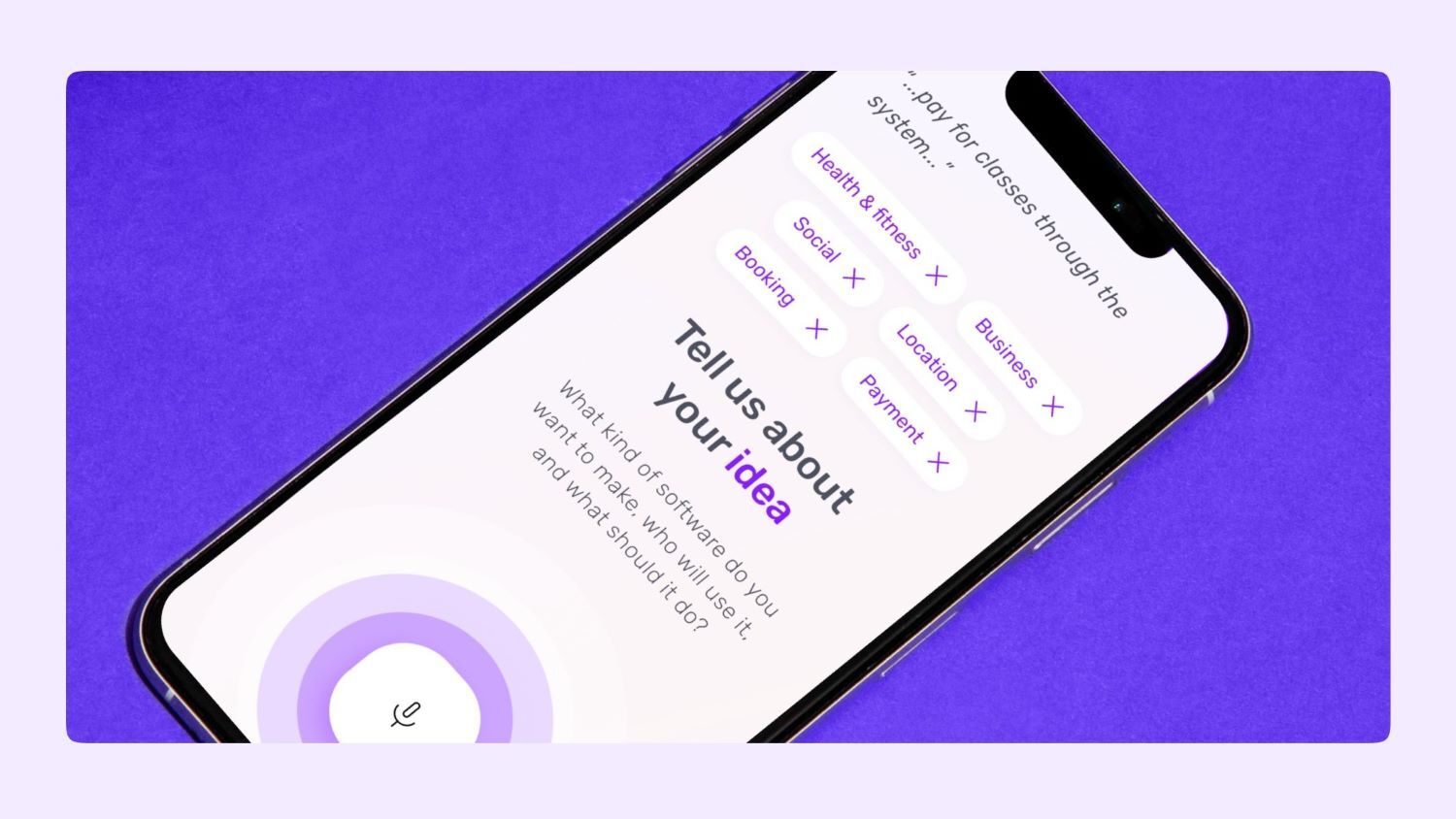Warren Buffet once said: “If you aren’t making money in your sleep, then you’ll work till you die.”
And a monetized website is one way to ensure you do this, even when you’ve just pressed “snooze” on your alarm for the fourth time.
With techniques like ecommerce, affiliate marketing, ads and much more, any business owner has the opportunity to turn their digital real estate into a revenue-generating powerhouse.
So whether you’re an education platform, an online seller or you’re simply following your passion, here are seven tried-and-tested website monetization strategies you can use to fatten your wallet.
We’ve also included key pros and cons of each strategy and key metrics to track their efficacy so you can pick the right one for your business.
Let’s dive in 👇
What is website monetization?
Website monetization, in simple terms, is about turning your website into a revenue-generating asset. It involves implementing strategies to earn money from your online presence, such as through ads, affiliate marketing or ecommerce. By optimising your website for monetization, you can generate income while providing valuable content or services to your audience, creating a win-win scenario for you and your visitors.
To monetize your website, you first need to ensure that your audience is getting an optimal user experience so they return to your website. Once you understand your audience and can keep them engaged, only then can you start exploring different monetization techniques.
Why is website monetization important?
Website monetization is very important, as it helps your website become a self-sustaining asset, while opening up new revenue streams.
Website monetization also benefits your audience, as you’ll keep delivering them with high-quality content, products and services. A website that doesn’t even break even, on the other hand, could become a dead weight.
7 ways to monetize your website
Listed below are the top seven monetization techniques, but you must choose the ones that align with your overall goals for running your website. Only by implementing the right strategy can you make your website profitable and generate a steady stream of revenue.
1 - Ecommerce
By adding ecommerce features to your website, you can sell products and services, effectively turning your digital real estate into an online store. While you can sell pretty much anything that springs to mind, it’s wise to stick to your niche. For instance, SafariArts uses its website as a print design marketplace.
Today, starting an online store is simple and you can get online in a matter of weeks. There are many online store builders on the market, like Builder.ai, that can help you set up an ecommerce store in no time without you having to code.
Pros of ecommerce store | Cons of ecommerce store |
✅ Sell your products to a global audience | ❌ Requires initial investment |
✅ Fewer operational costs than a bricks-and-mortar store | ❌ High competition |
✅ 24/7 selling opportunity | ❌ No in-store experience for customers |
✅ Target marketing using customer data | ❌ Security compromise can harm business |
Key metrics to track
To run a successful online store, you need to stay laser focused on conversion metrics. Here are some that you need to be aware of to measure the success of your ecommerce store:
- Conversion rate
- Cart abandonment rate
- User retention rate
- Uninstall rate
Want to build your online store?
Book a demoSpeak with one of our product experts today.
By proceeding you agree to Builder.ai’s privacy policy and terms and conditions

2 - Affiliate marketing
If you have some traffic on your website and have a knack for promoting products, you should look into affiliate marketing as a website monetization strategy.
Affiliate marketing can be one of the easiest ways to earn revenue, as there’s no upfront cost and you can easily scale it by working with more affiliate brands.
In this monetization method, you simply have to promote products on your website and ask your users to purchase them using unique affiliate links. Through these affiliate links, you earn commission whenever your users buy the products of the company that you’re affiliated with.
There are two ways you can become an affiliate marketer:
- You can join affiliate partners like Amazon, eBay and Fiverr, among many others
- You can create an affiliate website from the ground up that focuses on reviewing products and promoting them
Pros of affiliate marketing | Cons of affiliate marketing |
✅ Cost effective as there are no upfront costs | ❌ You have limited control and depend on affiliates |
✅ Flexibility in choosing affiliates based on your niche and audience | ❌ Affiliate brand can risk your reputation |
✅ Easy scaling by working with more affiliates | ❌ Risk of fraud |
✅ Backlinks from affiliates provide SEO benefits | ❌ Managing and tracking commissions can be complex |
Key metrics to track
To track your affiliate marketing program’s success, there are many performance indicators, including:
- Sales per affiliate
- Percentage of active affiliates
- Customer lifetime value (CLV) from affiliate programs
- Trigger links
- Return on ad spend (ROAS)
3 - Google AdSense
Google AdSense allows you to generate revenue by placing ads on your websites. This is a pay-per-click (PPC) model where you earn income every time your users click on ads.
Google AdSense is very easy to set up and is arguably one of the easiest ways to earn passive income on this list. All you need to do is apply to become an AdSense partner and you can quickly place ads on your website. Plus, you can analyse your performance using Google Analytics and there’s also a huge amount of support from Google, so you never feel lost.
The best part about Google AdSense is that it connects you with a vast advertising network and therefore provides contextually targeted advertisements. This results in showing ads that are relevant to your website’s content, which increases the likelihood of your website users engaging with ads.
Pros of Google AdSense | Cons of Google AdSense |
✅ Easy to set up | ❌ Dependency on traffic |
✅ Targeted advertisements | ❌ Limited control over the type of advertisements |
✅ Access to a vast network of advertisers | ❌ Strict AdSense policies |
Key metrics to track
Because this is a PPC model, the key metrics to track here are:
- Click-through rate (CTR)
- Cost per click (CPC)
- Impressions
- Quality and relevance score
4 - Create sponsored content
Although sponsored content may sound much like affiliate marketing, the truth is that it is very different. In affiliate marketing, you get a commission if someone buys from your provided link, whereas in sponsored content, you get paid for creating the content.
Today, people have figured out ways to avoid ads using ad blockers or simply by skipping them. The reason sponsored content works so well is that it plants ads in plain sight in the form of paid product reviews, product launches, sales announcements or offers.
According to Edelman Berland, 38% of businesses believe that sponsored content enhances the value of the overall website experience.
You can work with advertisers relevant to your niche and get way more creative freedom compared to traditional display ads. Highly relevant sponsored content increases the favourability of the website by 58%, as it provides valuable information, entertainment and insights all at the same time.
However, to run sponsored content successfully, you need to have good influence online and create content that resonates with your audience.
Pros of sponsored content | Cons of sponsored content |
✅ Creative freedom | ❌ Need an established brand |
✅ Enhanced user engagement | ❌ Sponsored content can raise trust concerns among the audience |
✅ Build long-term relationships with brands | ❌ Dependency on sponsors |
Key metrics to track
For sponsored content, you need to track engagement metrics like:
- Daily active users (DAU)
- Time on site
- Page views
- Bounce rate
- Total sessions
5 - Subscription model
If you have lots of dedicated visitors to your website and you don’t want to push advertisements or sponsored content, then a subscription model may be worth exploring.
Remember that this model will only work if you’re sure that your premium content is worth subscribing to. For instance, if you have a finance website, you can share good and bad stock trades of the day for exclusive content. You can also try out different membership plans and a mixture of paid and free content.
A subscription model can be a great way to generate recurring monthly revenue and, at the same time, build a community of loyal followers.
Pros of a subscription model | Cons of a subscription model |
✅ Steady stream of revenue | ❌ Entry barrier for users |
✅ Reduced dependency on advertisers | ❌ Content quality expectations from subscribers |
✅ Customer loyalty and community building | ❌ Hard to stand out and attract subscribers |
Key metrics to measure
For subscription models, you need to focus on revenue growth and retention metrics.
- Monthly or annual recurring revenue (MRR or ARR)
- Average revenue per user (ARPU)
- Churn rate
- Retention rate
- Customer lifetime value (CLV)
6 - Direct advertisements
If you want to take control of how advertisements are shown on your website, then direct advertising can be a lucrative way to monetize your website.
That said, this technique requires you to do a fair bit of heavy lifting when it comes to adding and removing adverts and placing them on your site. As a result, you’ll either need some technical knowledge or need to hire help.
In this monetization model, you sell the free space on your website directly to advertisers and in turn, you get to keep all the earnings. You can sell side banners, pop-ups and links at the bottom of the page or wherever you want.
In direct advertisements, you get paid for the number of page visits, whereas Google AdSense pays only when someone clicks on the link.
To do direct marketing, you need to make a proposal that shows the key metrics of your website. After that, send the proposal to advertisers in your niche and let them know why you want to work with them.
Pros of direct advertisements | Cons of direct advertisements |
✅ High revenue potential | ❌ Need a high-traffic website |
✅ Control over advertisers | ❌ Time-consuming sales process |
✅ Flexibility to integrate advertisements | ❌ Need technical knowledge to add and remove advertisements |
✅ Immediate payments | ❌ May have to enlist third-party support |
Key metrics to track
For direct advertisements on your website, you need to track:
- Fill rate
- Ad impressions
- Ad engagement time
- Total ad revenue
- Effective cost per mille (CPM)
7 - Donations and crowdfunding
If you offer high-value content and don’t want to limit your audience behind a paywall, you can encourage them to support your website through voluntary donations or crowdfunding campaigns.
This model only works if your website has an engaged community willing to contribute financially and may only cover operational costs, rather than making you a profit. That said, it does help you develop a direct interaction with your audience, which creates a long-lasting and engaged relationship.
A good example here is Wikipedia. They are a free encyclopaedia that doesn’t limit its content behind a paywall and is run on donations from users. You, too, can run your website on the same model and ask for donations politely to earn extra money.
It’s fairly easy to set up donations on your website and platforms like Patreon and PayPal can facilitate the process. Make sure your readers can easily find donation buttons to make donations but don’t hamper the overall experience.
Pros of crowdfunding | Cons of crowdfunding |
✅ No advertisements and paywalls | ❌ Inconsistent income |
✅ Direct connection with the audience | ❌ Need highly engaged audience |
✅ Easy to set up | ❌ Fees charged by donation platforms |
Key metrics to track
For donations and crowdfunding campaigns, you need to focus on metrics that contribute to the effectiveness of your crowdfunding efforts:
- Average donation amount
- Total funds raised
- Backer engagement rate
- Number of campaigns launched
- Campaign success rate
Conclusion
There’s no hard-and-fast rule for which website monetization efforts will work for you. But as you can see, there are many options in your arsenal to make your website a revenue-generating powerhouse.
Don’t forget though:
You should focus on executing one website monetization strategy well before you start testing new ones.
For more tips on how to diversify your business’s revenue streams, sign up to our newsletter 👇
Want to build your online store?
Book a demoSpeak with one of our product experts today.
By proceeding you agree to Builder.ai’s privacy policy and terms and conditions

Ananth Ramanathan runs Studio Store business at Builder.ai with a mission of digitising a 1M+ micro SMEs in the next 5 years. He oversees the commercial, product, and customer success functions to rapidly scale Studio Store globally. Ananth's an experienced tech business operator, a failed entrepreneur, and an active angel investor.












 Facebook
Facebook X
X LinkedIn
LinkedIn YouTube
YouTube Instagram
Instagram RSS
RSS


